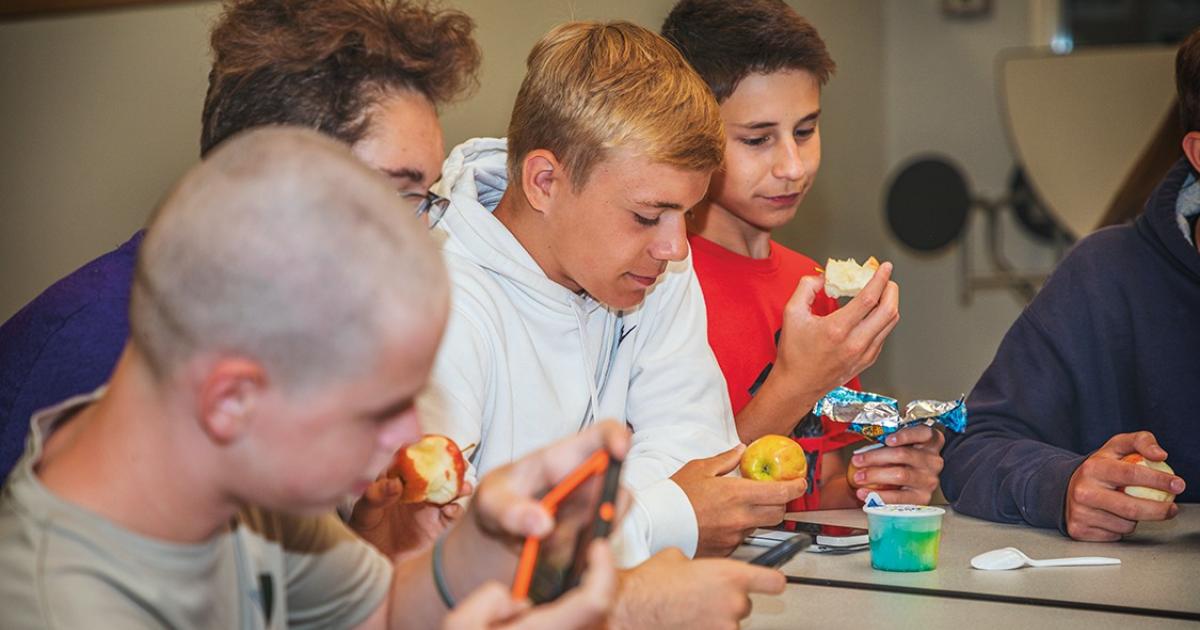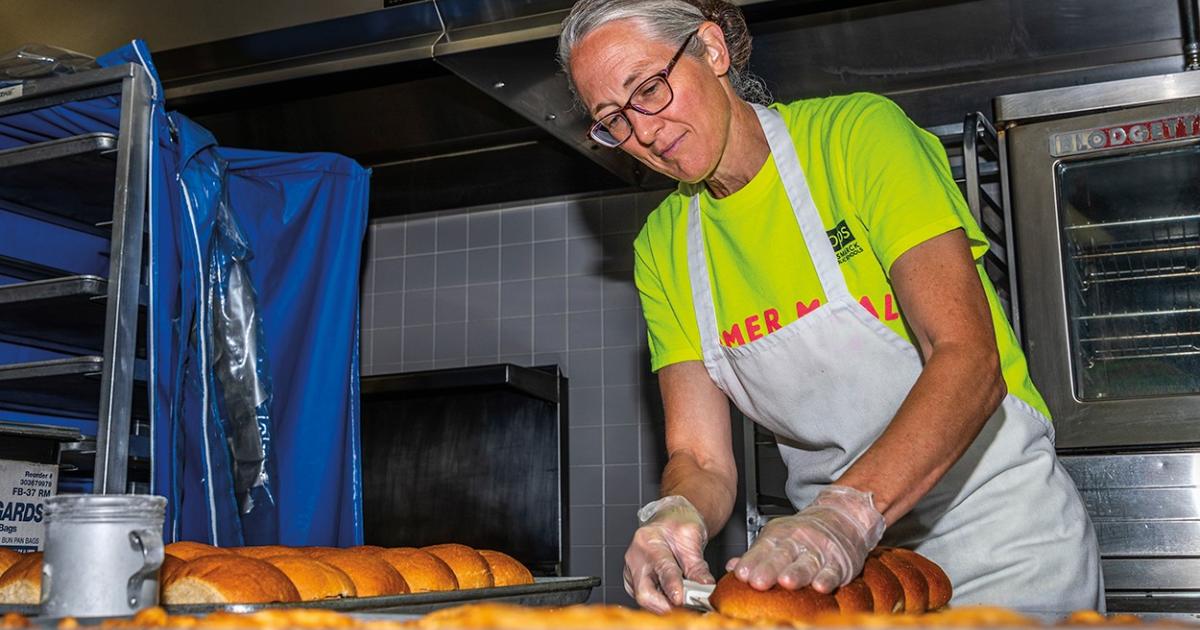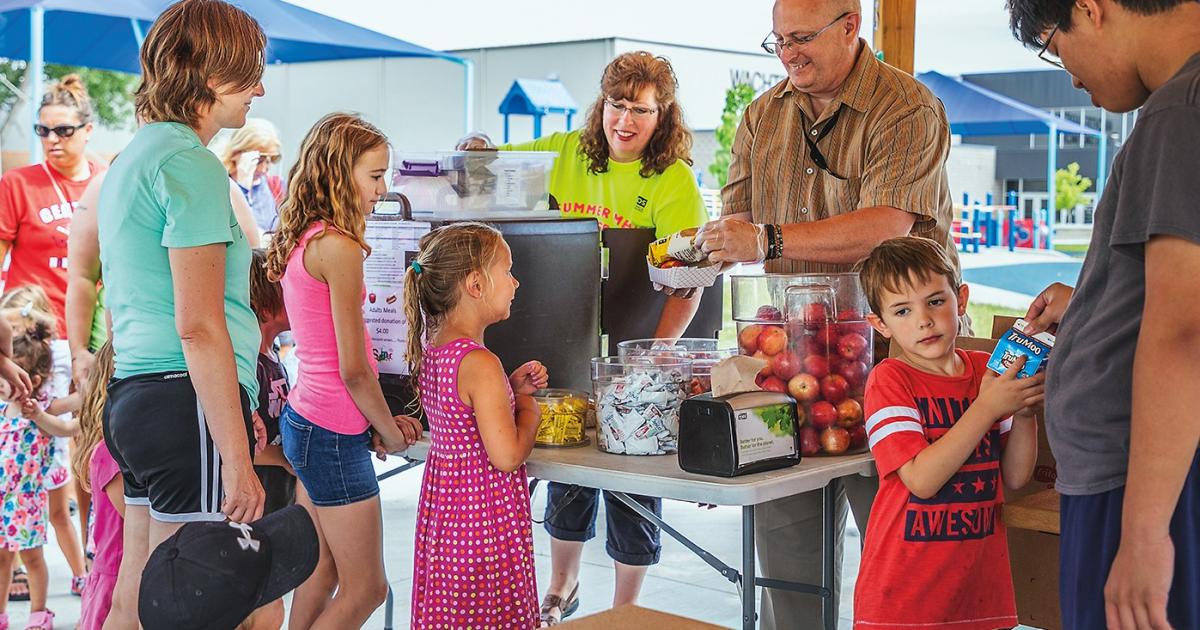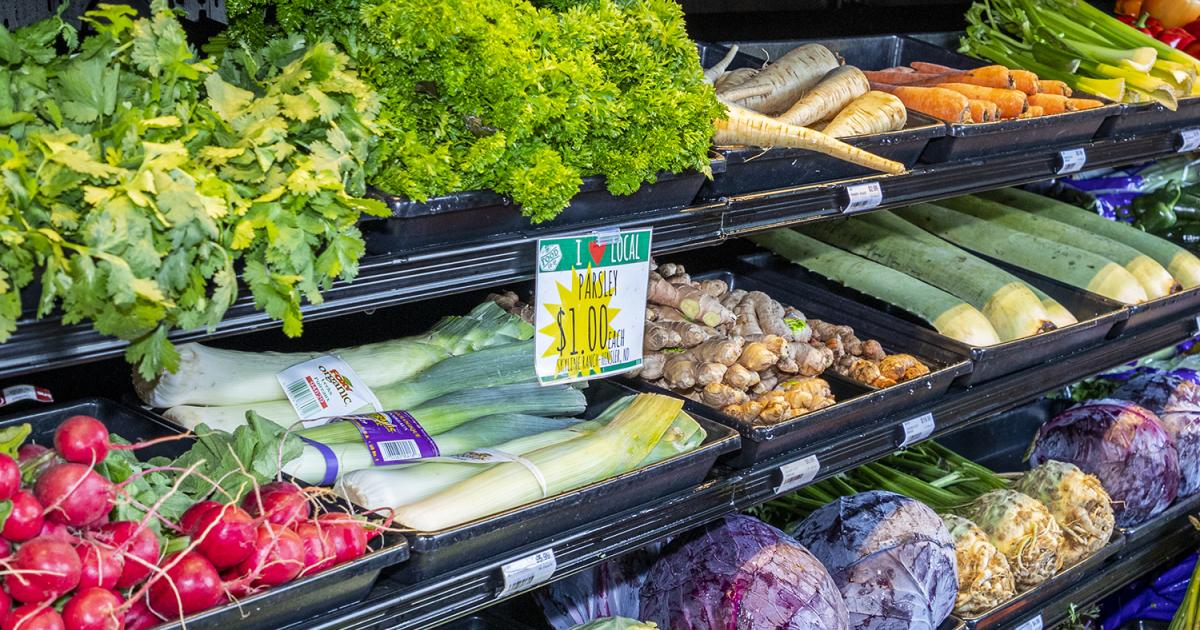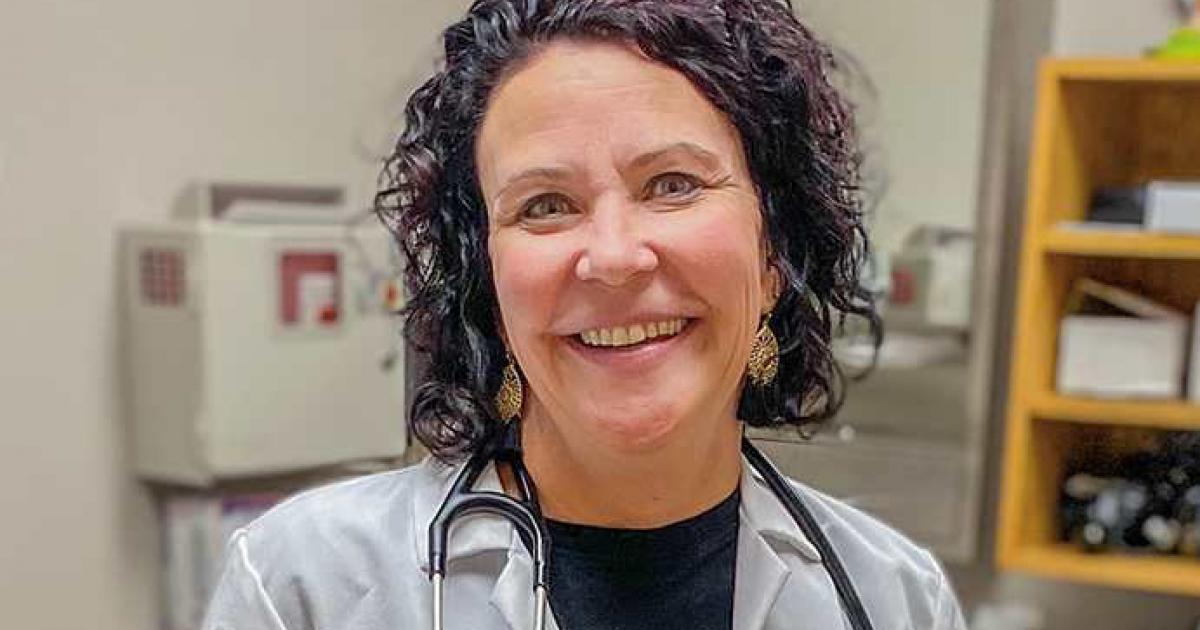Feeding hungry kids. It’s an easy train to jump aboard, right? But just how many kids are considered “food insecure” in North Dakota? Perhaps, more than you think.
“There is a problem with hunger in our state,” says Linda Schloer, who has served as state director for child nutrition programs with the N.D. Department of Public Instruction (NDDPI) for 15 years.
Students enjoy a snack in the Bismarck High School lunchroom during a recent summer program. Photos by NDAREC/Liza Kessel
The “Hunger in North Dakota 2018” study, conducted by the Great Plains Food Bank (GPFB), found that 1 in 5 children included in the survey were food insecure. As defined by the U.S. Department of Agriculture (USDA), food insecurity is a lack of consistent access to enough food for an active, healthy life.
“As bountiful as North Dakota is with the economy, kids are at risk, especially in those low-income areas,” Schloer says. “Resources are different in different areas. Households are different. That concept of hunger is tied so much to everything else that’s going on in (a child’s or family’s) life.”
“We know that parents are feeding their children first,” says Taylor Syvertson, health impact manager with the GPFB. In families surveyed for the GPFB hunger study, 53 percent of adults reported skipping meals regularly. And still, 8 percent of children were regularly skipping meals.
That number, if you asked Syvertson, is still too high. Further, it raises the importance of school nutrition programs. School may be the only place a hungry child gets a warm meal.
SCHOOL NUTRITION PROGRAMS
In 1946, President Harry Truman signed the National School Lunch Act into law, which recognized the need to assist families and school districts in providing children with a square lunch. Today, the program offers federal reimbursement to public and nonprofit private schools that provide nutritionally balanced, low-cost or free lunches to children each school day. Many child nutrition programs have followed, including the School Breakfast Program, Special Milk Program, After School Snack Program, Child and Adult Care Food Program, Summer Food Service Program and BackPack Program.
Schloer says states have a lot of autonomy to tailor the programs to fit individual needs, as long as it meets federal guidelines. North Dakota receives approximately $80 million annually in federal funds to operate its school nutrition programs, which falls under the purview of USDA. Additionally, schools get about 20 percent of their food from USDA commodities and receive additional support through other federal grants and programs.
“We rely a lot on that farm bill. I mean, we have our own child nutrition authorization, but the farm bill also has a significant impact on our programs,” Schloer says.
FREE AND REDUCED PRICE MEALS
Schools receive federal reimbursement based on set rates for paid, reduced price and free meals. At the beginning of each school year, families receive a “back-to-school packet,” which includes a required letter to households and information about school nutrition programs, such as meal prices, reduced price meal income guidelines and an income application, explains Deb Egeland, assistant director of child nutrition programs at NDDPI and a former food service director for Jamestown Public Schools. This communication with families at the start of each school year is the primary opportunity school districts have to reach families.
That initial communication and paperwork is so important to districts, as much of a school’s funding is tied to the number of free and reduced price meals it serves, Schloer explains.
“The more free and reduced price students that a school has, the more likely they’re eligible for other funding and grants,” like title funding, the fresh fruit and vegetable grant, equipment grant and better breakfast rates, she says. “Schools want to identify as many families that are out there as possible.”
USDA has set up the system to connect the Supplemental Nutrition Assistance Program (SNAP) to school nutrition programs, and thus, making it easier to identify families who fall under the free and reduced price percentages. Families that receive SNAP benefits automatically qualify for free meals and are not required to fill out the annual back-to-school paperwork.
But there are challenges and deterrents in identifying and capturing other families. Many families simply don’t think they qualify, Schloer says. The application looks at a household’s net business/farming income, a sometimes-overlooked point.
“When you actually look at the net … it very likely could be that they qualify and don’t even know,” Schloer says. Farm families, especially, fall under this category, according to Schloer.
Another deterrent, particularly in small towns, Egeland says, could be that families have concerns about other community members knowing their income.
“It’s usually just one person at the school who sees the application, but that might be just enough to deter families,” she says.
In some cases, pride is the reason households choose not to complete a free and reduced price meal application. But Schloer and Egeland agree that the chief reason a family doesn’t fill out the paperwork is neglectfulness.
“Often, there’s a lot of other personal things going on for families, and it’s just not on their radar,” Schloer says.
There are pockets in both urban and rural areas in North Dakota and on reservations, Schloer says, that have greater needs and higher percentages of free and reduced priced meals. In the 2018-19 school year, 37,500 North Dakota students – 31 percent of the total student population – received free or reduced price meals. At 31 percent, North Dakota ranks below the national average, which Egeland estimates to be close to 55 percent.
But Syvertson says that percentage, in North Dakota, is likely higher.
“This number fails to capture the amount of kids that might be eligible, but aren’t receiving the benefits due to barriers in applying for the program. Receipt of benefits doesn’t necessarily describe the full picture of those who are in need. The thresholds for determining eligibility are likely too low and lead to a whole group of kiddos left out of the social safety net,” she says.
Schloer stresses the importance of parents being proactive on behalf of their children. There are programs and services available to help families, so that kids don’t go hungry.
UNPAID MEALS
Schools bear the impact of unsubmitted applications. Often, it results in unpaid meal debt that continues to balloon. Once that unpaid meal debt becomes non-recoupable, Schloer says, the money has to come out of the general fund.
“Ultimately, it affects the general fund, which means there is less money to hire and pay teachers, fund other programs, bring in new technologies, buy new buses and many other things,” Schloer says.
Unpaid meal debt is a not a new issue for schools, but it’s been a talking point in recent years.
“The whole concept of unpaid meals really came to the forefront, maybe five years ago, because there were stories of kids getting their food taken way. Lunch shaming, which is really, really sad,” Schloer says.
In an American Bar Association (ABA) publication, “lunch shaming” is described as the overt identification and stigmatization of any student who does not have money to buy a school meal. The purpose of lunch shaming, the ABA went on, is to embarrass a student and parent(s) so that a school lunch debt is paid quickly, in turn reducing a school’s financial burden.
In response, the USDA now requires schools to have an unpaid meal policy that is communicated to parents, teachers, cooks and other stakeholders, which schools must follow. Schools may opt to provide an alternate meal to students with unpaid meal debt, such as a cheese sandwich and milk, or the policy might be to allow a student the meal regardless.
“It has happened (in North Dakota), where, yes, they have actually taken trays away from kids. We don’t know that it’s happening anymore,” Egeland says.
MANAGING Food service PROGRAMS
School food service programs, Egeland points out, are unique, having the distinction of being one of few everyday school programs that brings money into the district.
Unfortunately, school administrators aren’t taught a class about running a food service program, so Schloer recommends involving business managers more. And in small schools, where even finding cooks is hard to do, it is often impossible to hire a food service director, possibly due to budget limitations or the ability to recruit.
Here, Schloer sees an opportunity among neighboring districts. She dreams of the potential to have regional food service directors, where schools share a cooperative food service director to manage multiple smaller districts’ nutrition programs.
Because of the nuances, Schloer encourages districts to pay attention and resist putting food service programs to the side.
“You can’t run a school district without looking at the food service program. Manage finances, collect unpaid debt, give it the attention that is required, and consider the impact on the student,” she says.
Cally Peterson is editor of North Dakota Living. She can be reached at cpeterson@ndarec.com.


